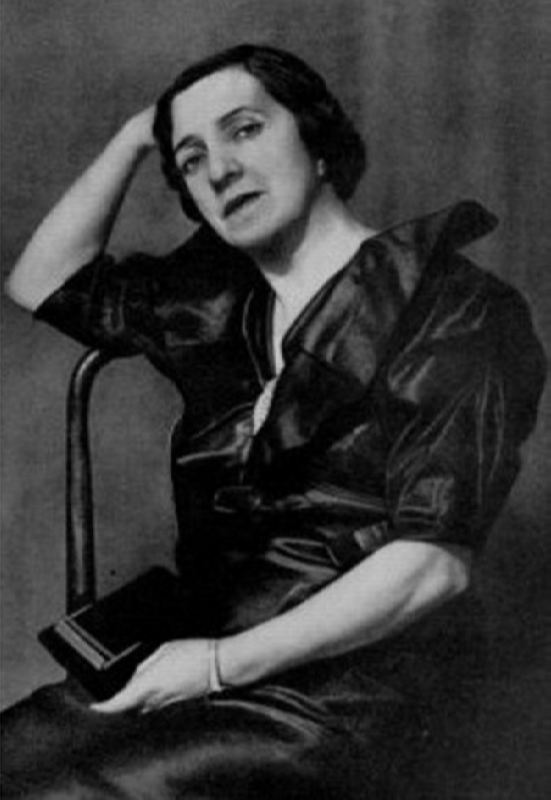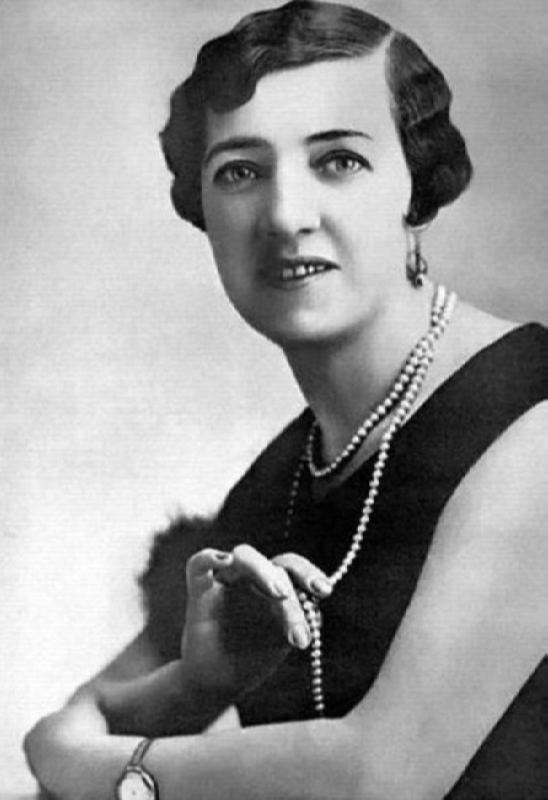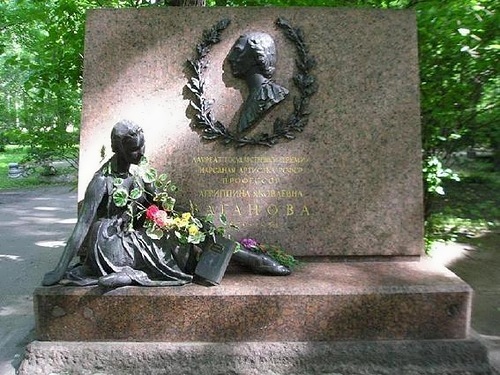Agrippina Vaganova – Queen of variations
Agrippina Vaganova was a legendary Russian ballet dancer, choreographer and teacher. You know, she became the first professor of choreography in the USSR. Awesome woman created her own teaching method, known as Vaganova method or Vaganova system, which became the basis of world ballet pedagogy. And her students are known and popular all over the world. By the way, her book Fundamentals of the Classical Dance, published in 1934, remains a standard textbook for the instruction of ballet technique. It was translated into many languages.
Pretty girl was born on July 6, 1879 in St. Petersburg. She was the youngest of three daughters. Her father, Akop Vaganov, served as a non-commissioned officer in Astrakhan, and then moved to the capital. In St. Petersburg, he worked as a chaplain at the Mariinsky Theater.
Since childhood the girl dreamed of dancing. When she was 10 years old, she entered the St. Petersburg Theater School. Thanks to years of hard work, she was one of the best.
In 1897 Agrippina graduated from the Imperial Ballet School and in the same year she joined the Mariinsky corps de ballet.
Outstanding Agrippina was known as The Queen of Variations. She played many notable roles including Odette-Odile (Swan Lake), the Mazurka (Chopiniana), Tsar-Maiden (The Little Humpbacked Horse); she created the role of the Chinese Doll in Fairy Doll (1903).
Blok‘s wife Lyubov Dmitrievna was friends with Vaganova and she was a witness of the incredible efforts that the dancer made in her work. For this friend called her “martyr of the ballet”. Vaganova bitterly admitted: “Only towards the end of my career, completely exhausted morally, I came to the rank of ballerina.”
Success came to her too late. In 1915, 36-year-old ballet dancer was retired.
It was a very difficult period in her life: she had to say goodbye to her stage career, a tragedy happened in her personal life. A man with whom she had lived for several years committed suicide on the Christmas Eve 1917. So Vaganova was left alone with three children (one her own son and two children of her deceased sister). To feed the children, Vaganova performed with concerts and began teaching.
Her pupils became legends of the dance. Marina Semenova, Olga Jordan, Galina Ulanova, Natalia Dudinskaya and Irina Kolpakova and many other outstanding ballerinas of the XX century were among them.
In 1931, Agrippina became artistic director of the Mariinsky Theater. Two years later, she staged the celebrated version of Swan Lake with Ulanova as Odette-Odile.
The ballerina was awarded the title People’s Artist of the RSFSR in 1934. And in the same year she was appointed director of the school, which now bears her name: The Vaganova Ballet Academy.
Famous graduates of the Vaganova Ballet Academy include many who achieved international recognition: Ninel Kurgapkina, Rudolf Nuriyev, Valery Panov, Mikhail Baryshnikov, Natalia Makarova, Yuri Soloviev, Ulyana Lopatkina, Diana Vishneva, Olga Esina and Svetlana Zakharova, among many others.
She taught until her death.
Agrippina Yakovlevna died on November 5, 1951 in Leningrad and was buried at the Volkov cemetery.
Russian documentary Agrippina Vaganova: The Great & The Terrible was released in 2010 as a tribute to the great Russian ballet dancer.
Personal life
Vaganova connected her life with the tsarist army colonel Andrei Alexandrovich Pomerantsev. The marriage was not official, as Pomerantsev didn’t divorce his first wife.
In 1904 Agrippina gave birth to their son Alexander. You know, Vaganova’s granddaughter Lyudmila also became a ballet dancer.
Source: vaganovaacademy.com












